One of the Architect’s Journal’s top picks of pavilions and installations to see at La Biennale di Venezia 2023.
A Fragile Correspondence is Scotland's response to the 18th International Architecture Exhibition - La Biennale di Venezia under Lesley Lokko's theme Laboratory of the Future. The Scotland + Venice Partnership commissioned a creative team consisting of Architecture Fringe, -ism and /other to develop the collateral event for the Biennale at Docks Cantieri Cucchini. The project examines landscape, language and climate emergency in the context of Scotland.
Team image by Matthew Arthur Williams.
Our existence is defined by and relies on the close relationship we maintain with the natural world that is around us and sustains us. In the context of the climate emergency and an age of globalisation, our understanding of the landscapes around us has become fragile. These landscapes, which constantly transmit information if we choose to see and listen, can allow us to reestablish our dialogue with the land and its local language, and create a more reciprocal connection with it, valuing exchange and equality over extraction and dominance. A Fragile Correspondence explores alternative perspectives and new approaches to the challenges of the worldwide climate emergency through evaluating and learning from three key Scottish landscapes. Visitors are taken on a journey through Highland, Island and Lowland in order to understand the relationship between humans, land, built environment and practices that define a place.
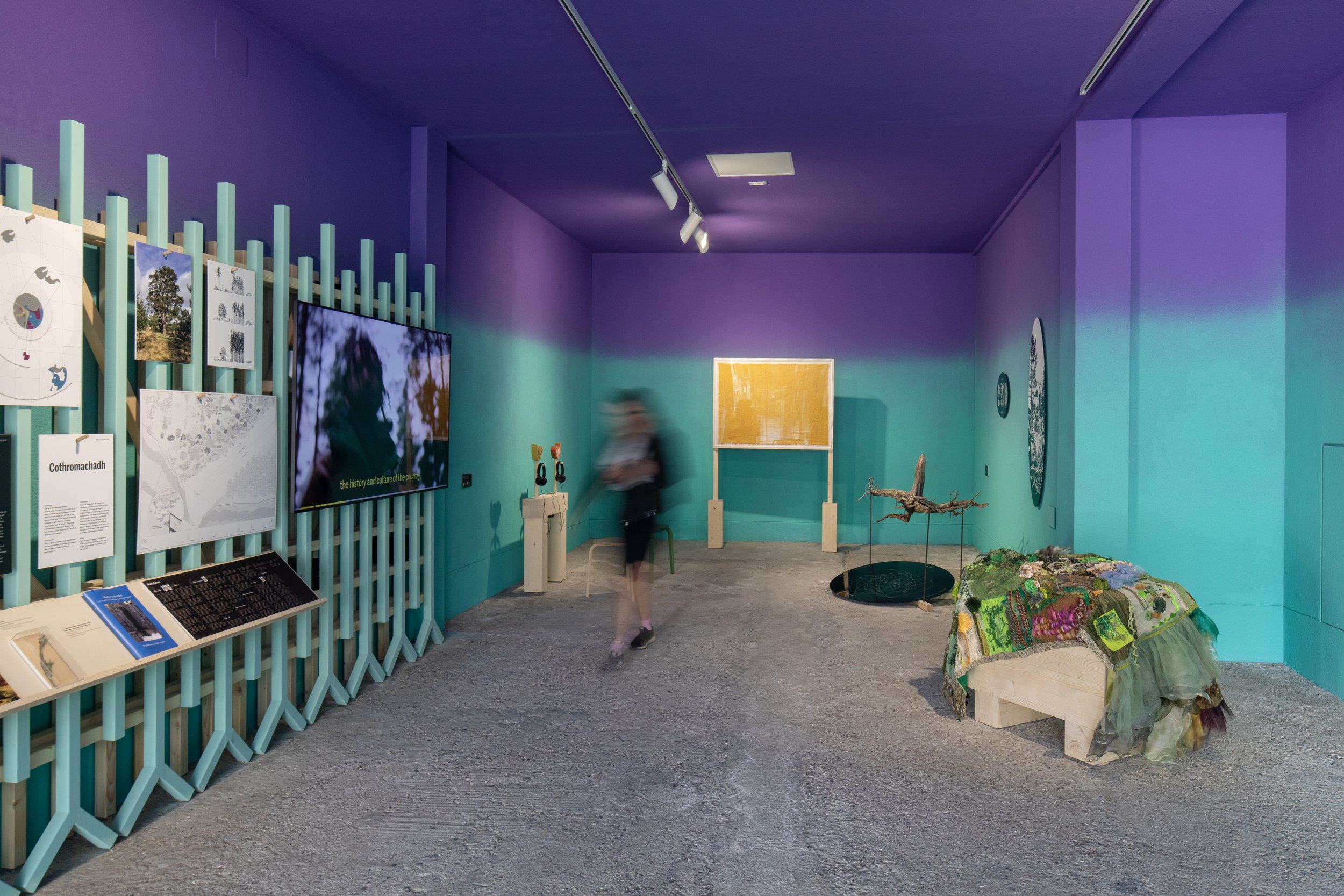
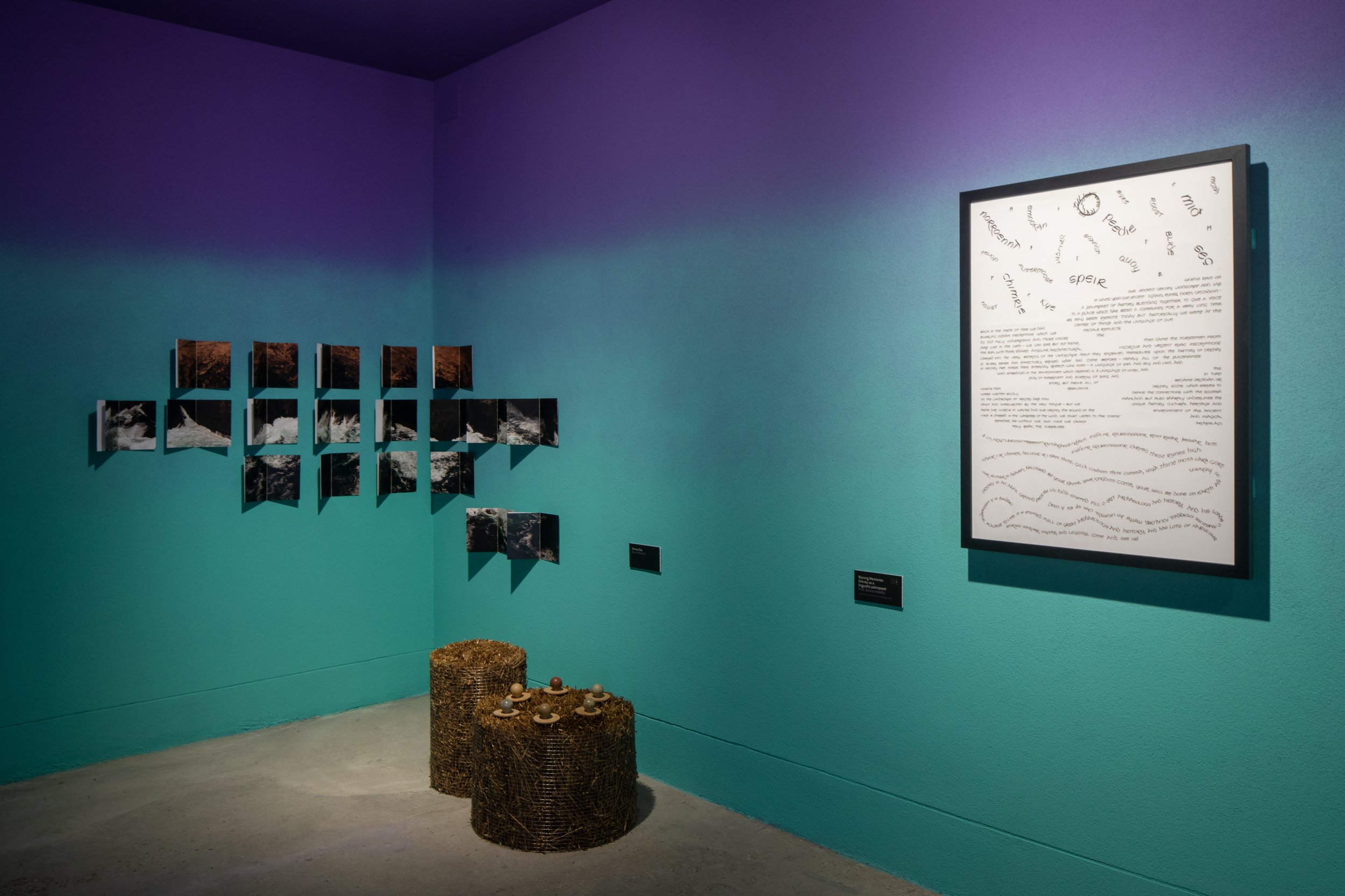
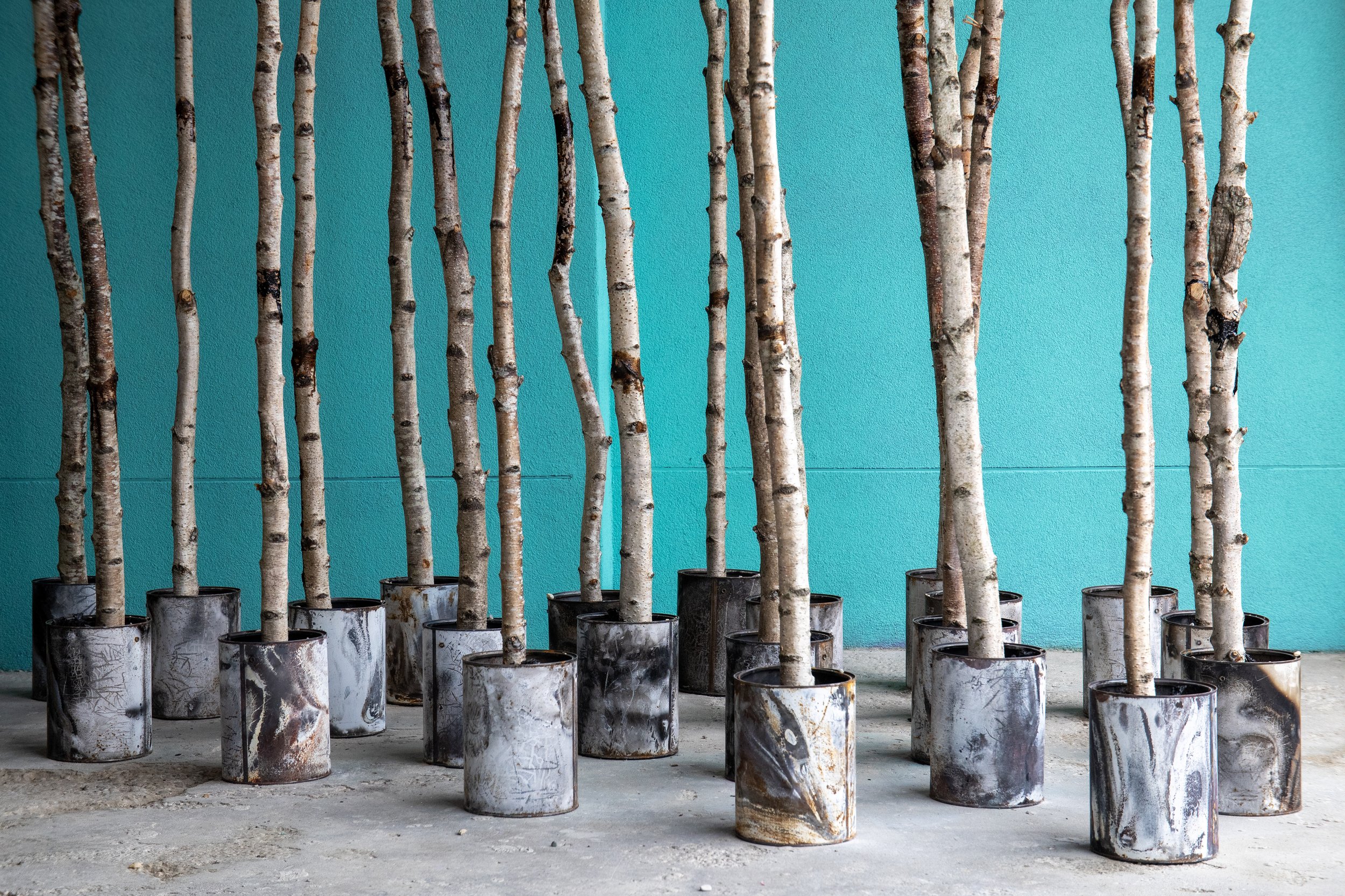
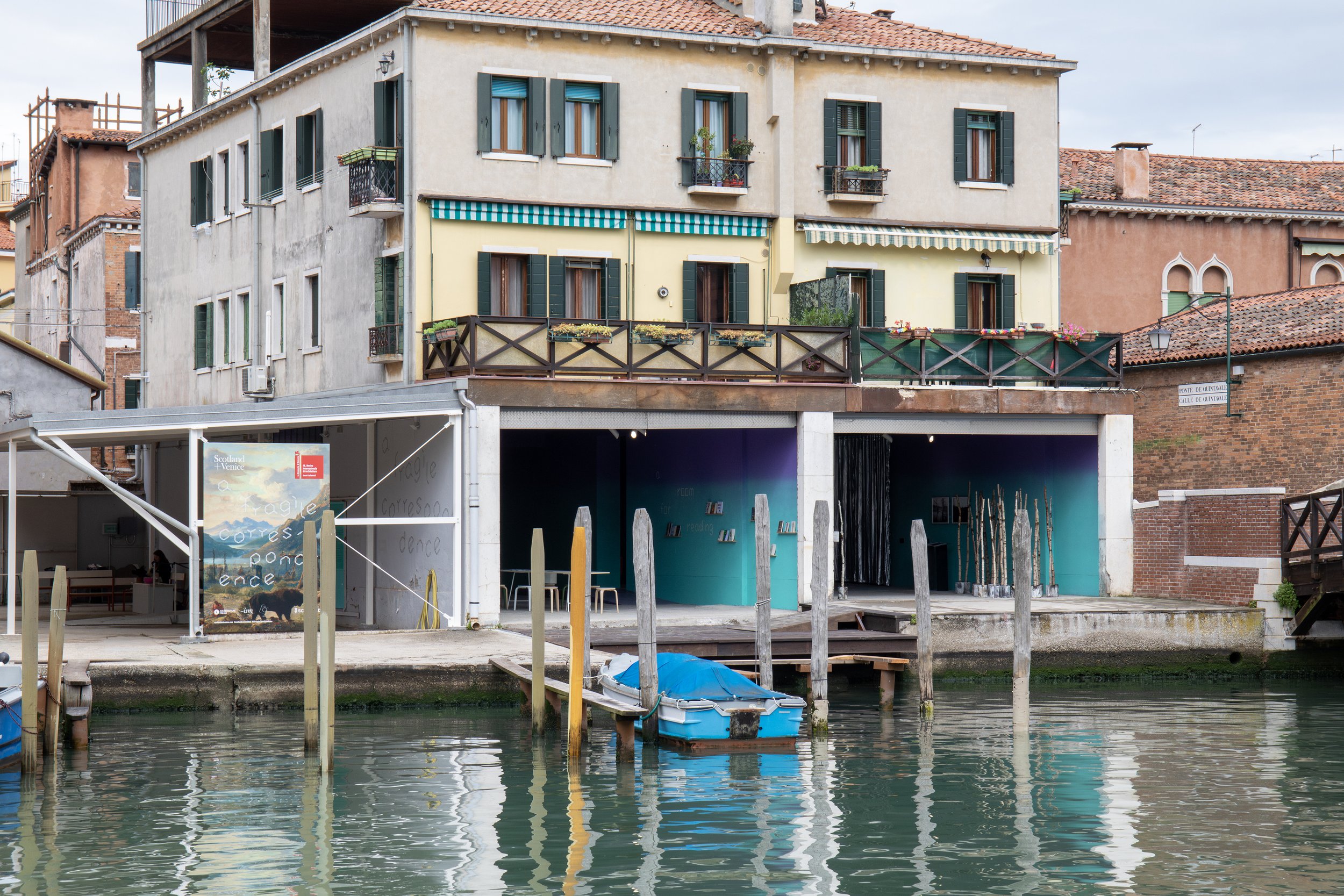
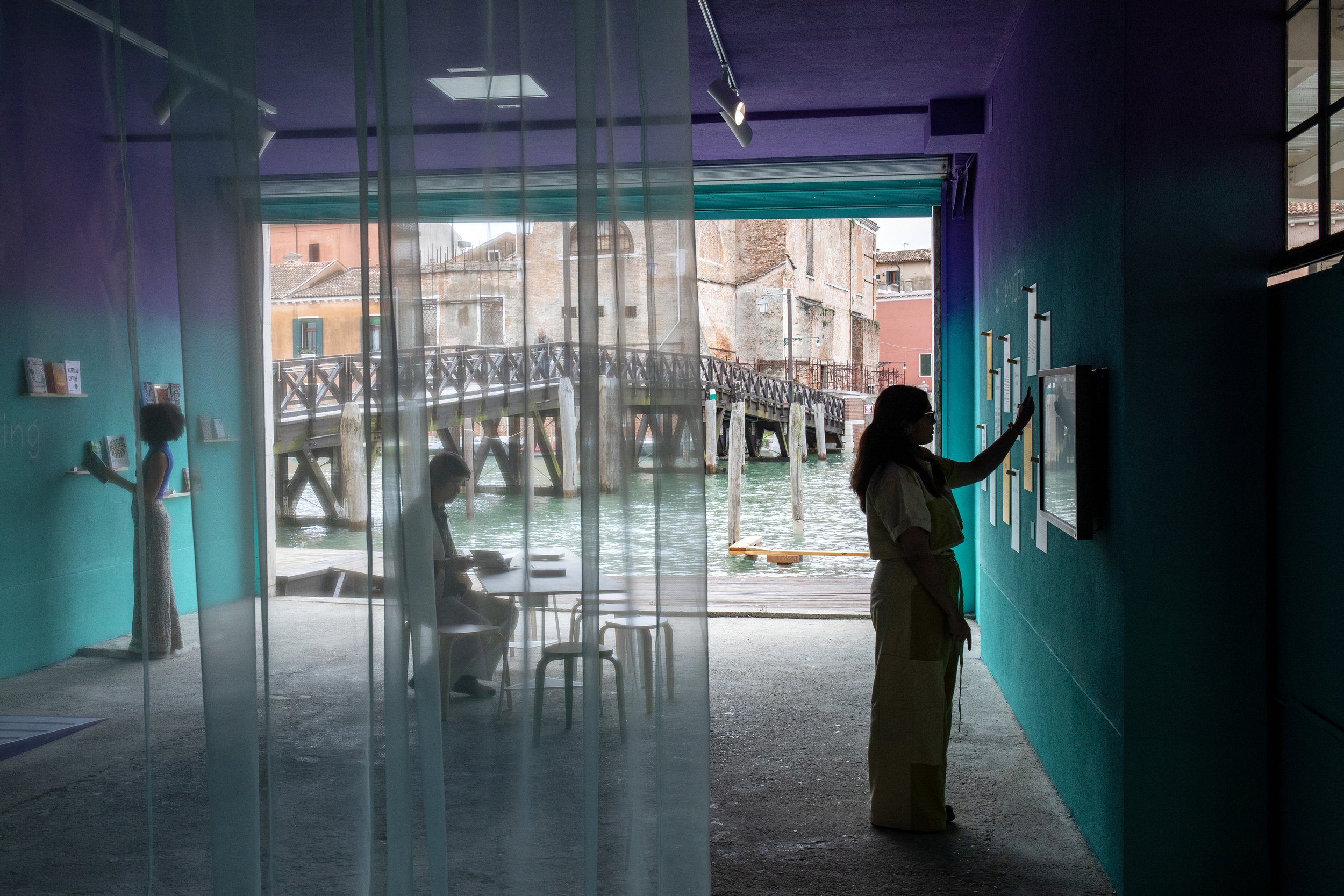
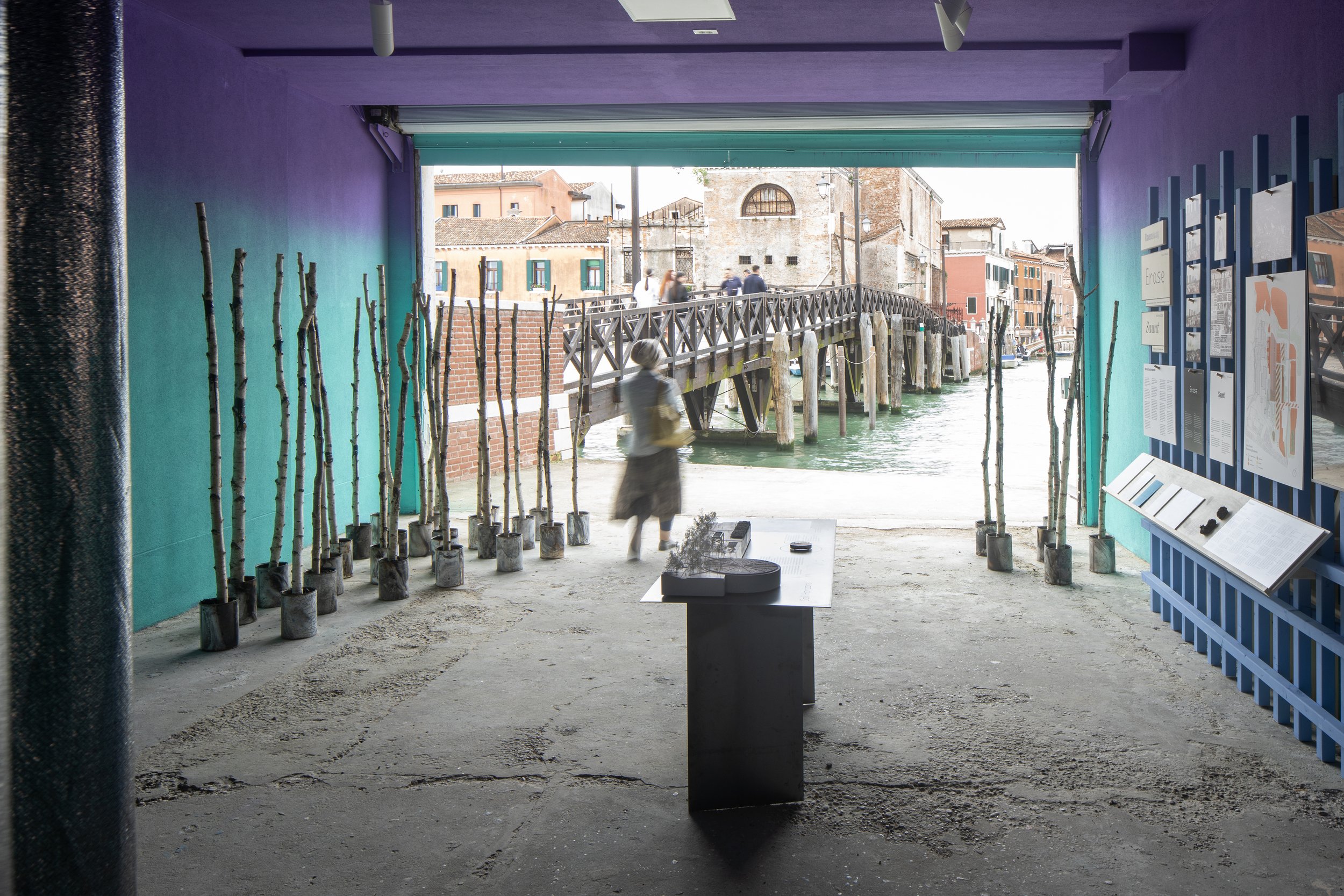
[Highland] Starting from the forests of Loch Ness, the first location explores alternative forms of land ownership beyond capital property through the communities of Abriachan and Strathnairn. The Highlands, being the genesis of the romanticisation of the Scottish landscape, pose the question of how internationalised capital and commercial extraction can affect the biodiversity, cultural identity, and environmental sustainability of the land in its local context.
[Island] The exhibit continues onto Orkney, where, for centuries, Orcadians have continuously negotiated with the local forces of nature, such as the powerful sea, and nurtured a deep understanding of their environment and an ability to adapt and persevere. The climate breakdown, having intensified the force and frequency of these negotiations between humans and nature, pushes us to look at how Orcadians have created a self-reliant transition through working with nature rather than against it, through their way of living and built environment.
[Lowland] The third location, the former Ravenscraig Steelworks, one of Europe's largest steelwork plants, demolished only 30 years after its opening, offers a multi-layered view of land, where the flora and fauna have experienced phases of both anthropocentric and ecological growth. Here, the project evaluates the resurgence of the natural over the industrial landscape. The land hides stories of labour, community economy, regeneration, and dereliction.
Lastly, the exhibition culminates with a lexicon and reading room. The lexicon provides terms and definitions, collated through research and development tied back to the above landscapes and their local languages. For Loch Ness, this was Gaelic, for Orkney - Norn and for Ravenscraig - Scots. The chosen terms and tied to provocations that invite us to think more broadly about how we view and shape landscapes, architecture and the world around us. A digital version of the lexicon can be found here.
Creative team
Neil McGuire, Andy Summers (Architecture Fringe)
Alissar Riachi, Aoife Nolan, Amy McEwan, Kristina Enberg (-ism magazine)
Mia Pinder-Hussein, Carl C.Z. Jonsson, Alyesha Choudhury (/other)
Participants
Dr. Amanda Thomson
Raghnaid Sandilands
Hamshya Rajkumar
Dr. Mairi McFadyen
Frank McElhinney
Aaron McCarthy
Prof. Donna Heddle
Dele Adeyemo
Collaborators
Simon Forsythe (Lateral North)
Ann Louise Kieran (North Lanarkshire Council)
Commissioned by
Scotland + Venice Partnership
